Home>Interior Design>How To Keep A Mattress Topper From Sliding: 6 Expert Tips
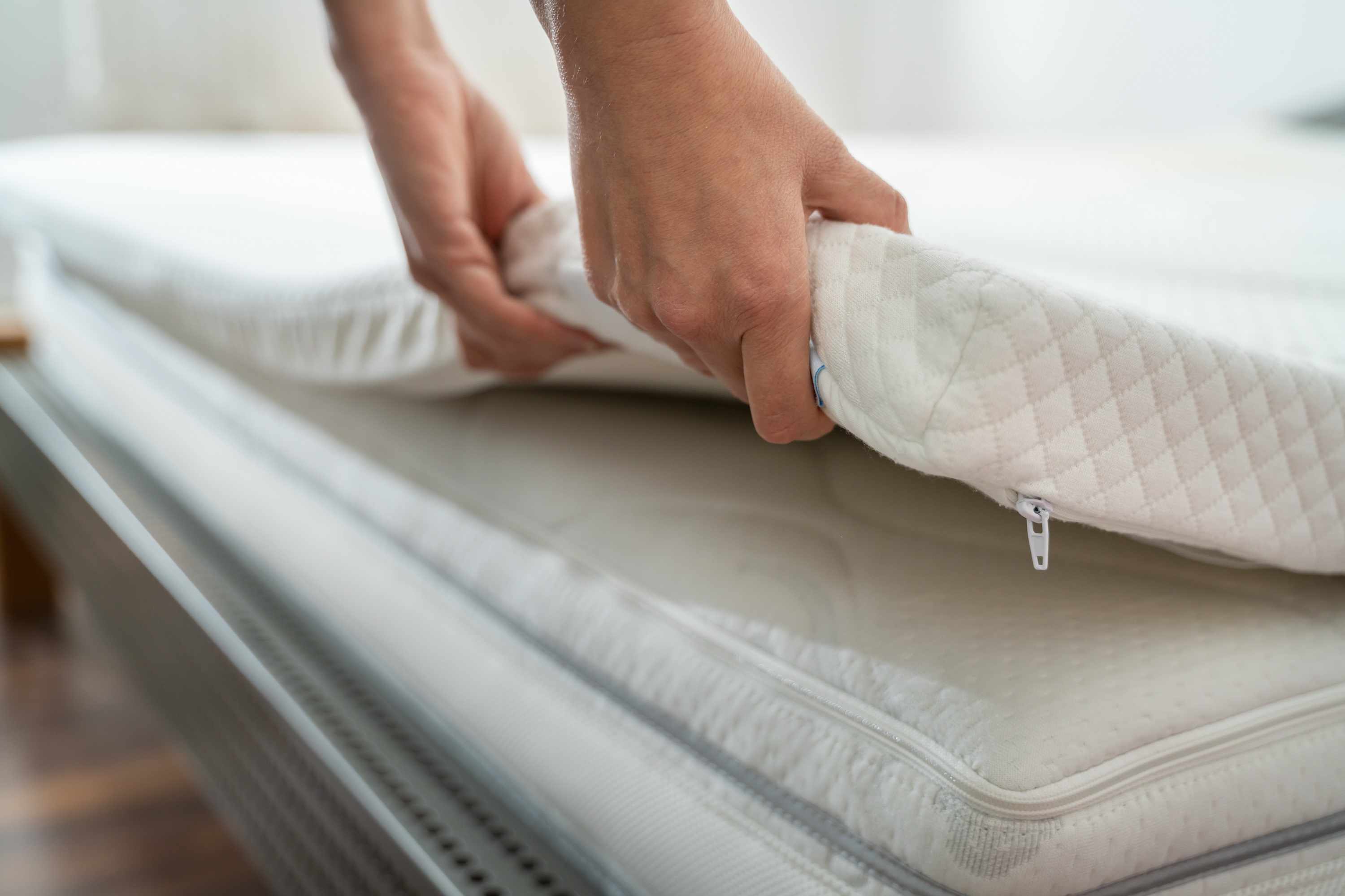

Interior Design
How To Keep A Mattress Topper From Sliding: 6 Expert Tips
Modified: August 16, 2024
Keep your mattress topper in place with these 6 expert tips from interior design pros. Say goodbye to sliding and enjoy a comfortable night's sleep.
(Many of the links in this article redirect to a specific reviewed product. Your purchase of these products through affiliate links helps to generate commission for Storables.com, at no extra cost. Learn more)
Introduction
When it comes to achieving a comfortable and restful night’s sleep, a mattress topper can make all the difference. However, one common frustration that many people encounter is their mattress topper sliding around during the night, leading to discomfort and restless sleep. Fortunately, there are several expert tips to help keep your mattress topper in place, ensuring that you can enjoy uninterrupted slumber.
In this article, we will explore six expert tips to prevent your mattress topper from sliding. Whether you’re dealing with a foam, latex, or memory foam topper, these tips are applicable to various types of mattress toppers, providing you with practical solutions to keep your bed cozy and secure.
So, let’s dive into these expert tips and discover how you can keep your mattress topper in place for a more restful and relaxing sleep experience.
Key Takeaways:
- Say goodbye to a sliding mattress topper with expert tips like using elastic straps, non-slip rug pads, and adhesive strips for a secure and restful night’s sleep.
- Invest in a mattress topper cover with a non-slip bottom or opt for a topper with a built-in non-slip backing to eliminate sliding hassles and enjoy uninterrupted slumber.
Read more: How To Stop A Mattress From Sliding
Tip 1: Secure it with elastic straps
One of the easiest and most effective ways to keep your mattress topper from sliding is by using elastic straps. These adjustable straps are designed to hold the topper securely in place, preventing it from shifting or moving around during the night.
To use elastic straps, start by placing the mattress topper on your bed as you normally would. Then, locate the corners of the topper and attach one end of the elastic strap to each corner. Stretch the strap underneath the mattress and fasten it securely on the opposite side. Repeat this process for all four corners.
Adjust the elastic straps as needed to ensure that they are snug, but not too tight, as this may affect the comfort of your mattress topper. The elastic straps should provide enough tension to hold the topper in place without causing any discomfort or altering the feel of your mattress.
If you’re unable to find elastic straps specifically designed for mattress toppers, you can opt for adjustable bed sheet straps or suspenders. These can be easily attached to the corners of the topper and secured under the mattress, serving the same purpose as elastic straps.
By using elastic straps, you can enjoy a more stable and secure mattress topper, eliminating the annoyance of it shifting or sliding during the night.
Tip 2: Use a non-slip rug pad
Another effective solution to prevent your mattress topper from sliding is to use a non-slip rug pad. These pads are typically used to keep area rugs in place on hard flooring surfaces, but they can also work wonders for keeping your mattress topper steady.
To use a non-slip rug pad, first, ensure that your mattress is on a flat and stable surface. Then, place the rug pad on top of your mattress, ensuring that it covers the entire area where your topper will be placed. The non-slip surface of the rug pad will create friction, preventing the topper from shifting or sliding as you move during the night.
Be sure to choose a rug pad that is appropriate for your mattress size and thickness. Most rug pads can be easily trimmed to fit your specific needs, providing a customized and secure fit for your mattress topper.
When selecting a rug pad, look for one that is specifically designed for non-slip functionality and safe for use on mattresses. Avoid using traditional carpet underlay or padding, as they may not offer the same level of grip and can be less effective in keeping your topper in place.
By using a non-slip rug pad, you can add an extra layer of stability and security to your mattress topper, ensuring a more comfortable and uninterrupted sleep.
Tip 3: Invest in a mattress topper cover with a non-slip bottom
If you want a long-term solution to prevent your mattress topper from sliding, consider investing in a mattress topper cover with a non-slip bottom. These covers are specifically designed to keep your topper in place, providing a secure and reliable grip.
A mattress topper cover with a non-slip bottom typically features a textured or rubberized surface on the underside. This surface creates friction between the topper and your mattress, effectively preventing any unwanted movement.
To use a mattress topper cover with a non-slip bottom, simply place it on your mattress before adding the topper. Make sure the non-slip side is facing down towards the mattress. Then, position your mattress topper on top of the cover and adjust it as necessary to ensure a snug fit.
These covers are available in various materials and sizes, allowing you to choose the one that best suits your preferences and mattress type. Some mattress topper covers come with additional features such as waterproofing or allergen protection, providing added benefits along with preventing sliding.
By investing in a mattress topper cover with a non-slip bottom, you can enjoy the convenience of a built-in solution that keeps your topper securely in place, eliminating the need for additional accessories or adjustments.
Use a non-slip mattress pad or gripper underneath the topper to prevent sliding. This will provide extra grip and keep the topper in place.
Tip 4: Attach the topper to the mattress with adhesive strips
If you’re looking for a more permanent solution to keep your mattress topper from sliding, consider using adhesive strips. This method involves securing the topper directly to the mattress, creating a strong bond that prevents any movement or shifting.
To attach the topper to the mattress with adhesive strips, start by placing the topper on your bed in the desired position. Then, carefully lift one corner of the topper and apply an adhesive strip to both the topper and the corresponding area of the mattress.
Make sure to press down firmly to ensure proper adhesion. Repeat this process for all four corners of the mattress topper, and if desired, apply additional adhesive strips along the sides or center of the topper for added security.
When choosing adhesive strips, opt for ones that are specifically designed for this purpose and are safe for use on mattresses. Some adhesive strips are removable, allowing you to easily adjust or reposition the topper if needed. However, if you prefer a more permanent solution, choose adhesive strips that provide a strong and long-lasting bond.
Before using adhesive strips, it’s important to note that they can leave residue on your mattress or topper. If you’re concerned about this, consider using protective covers or sheets between the topper and the mattress.
By attaching your mattress topper to the mattress using adhesive strips, you can enjoy a secure and stable sleeping surface without worrying about any unwanted sliding or movement during the night.
Read more: How To Keep Table Placemats From Sliding
Tip 5: Opt for a mattress topper with a non-slip backing
If you’re in the market for a new mattress topper or are considering upgrading your existing one, a great option to prevent sliding is to choose a topper with a non-slip backing. These toppers are specifically designed with a special material or texture on the underside that grips onto your mattress, providing excellent stability and preventing any unwanted movement.
When selecting a mattress topper with a non-slip backing, pay attention to its compatibility with your mattress type and size. Additionally, consider factors such as thickness, material, and comfort to ensure you find the perfect topper that meets your sleep preferences.
Once you have chosen a mattress topper with a non-slip backing, simply place it on your mattress and adjust it as needed to ensure a snug fit. The non-slip backing will create friction between the topper and the mattress, keeping it securely in place throughout the night.
This option is particularly convenient as it eliminates the need for additional accessories or measures to prevent sliding. With a mattress topper that has a built-in non-slip backing, you can enjoy the benefits of enhanced comfort and stability in one product.
Remember to check the manufacturer’s instructions for cleaning and maintenance to keep your mattress topper in optimal condition for years to come.
By opting for a mattress topper with a non-slip backing, you can enjoy worry-free nights of restful sleep without the inconvenience of sliding or shifting during the night.
Tip 6: Consider using double-sided carpet tape
If you’re looking for a reliable and versatile solution to keep your mattress topper from sliding, consider using double-sided carpet tape. This strong adhesive tape is commonly used to secure carpets to the floor, but it can also be highly effective in keeping your mattress topper in place.
To use double-sided carpet tape, start by flipping your mattress topper upside down so that the bottom side is facing up. Cut the carpet tape into strips, and then apply them to the edges and corners of the topper. Make sure to press down firmly to ensure proper adhesion.
Once the tape is in place, flip the mattress topper back over and carefully position it onto your mattress. The carpet tape will create a strong bond between the topper and the mattress, preventing any movement or sliding during the night.
It’s important to note that double-sided carpet tape can leave residue on your mattress or topper. To protect your mattress, consider placing a thin barrier such as a cloth or fabric cover between the topper and the mattress before applying the tape.
Keep in mind that carpet tape is designed to have a strong hold, so removing it may require some effort and could potentially damage the mattress topper or mattress. If you plan on using the tape for a long period of time, be prepared for a more permanent solution.
By considering the use of double-sided carpet tape, you can ensure that your mattress topper stays securely in place, providing you with a stable and comfortable surface for a peaceful night’s sleep.
Conclusion
Dealing with a mattress topper that slides around can be a frustrating experience, disrupting your sleep and overall comfort. However, by implementing these expert tips, you can effectively keep your mattress topper in place and enjoy a more restful night’s sleep.
From using elastic straps and non-slip rug pads to investing in mattress topper covers with non-slip bottoms and attaching the topper to the mattress with adhesive strips, there are various solutions available to suit different preferences and needs.
Another option is to opt for a mattress topper with a built-in non-slip backing or consider using double-sided carpet tape for a secure and long-lasting solution. Each of these methods provides a practical way to prevent your mattress topper from sliding, allowing you to sleep soundly and comfortably throughout the night.
Remember to consider the compatibility of these solutions with your specific mattress and topper type. Additionally, follow the manufacturer’s instructions for proper installation and maintenance to ensure the longevity of your mattress topper and its effectiveness in providing support and comfort.
By incorporating these expert tips into your sleep routine, you can say goodbye to the annoyance of a sliding mattress topper and hello to a more peaceful and undisturbed sleep experience.
Frequently Asked Questions about How To Keep A Mattress Topper From Sliding: 6 Expert Tips
Was this page helpful?
At Storables.com, we guarantee accurate and reliable information. Our content, validated by Expert Board Contributors, is crafted following stringent Editorial Policies. We're committed to providing you with well-researched, expert-backed insights for all your informational needs.
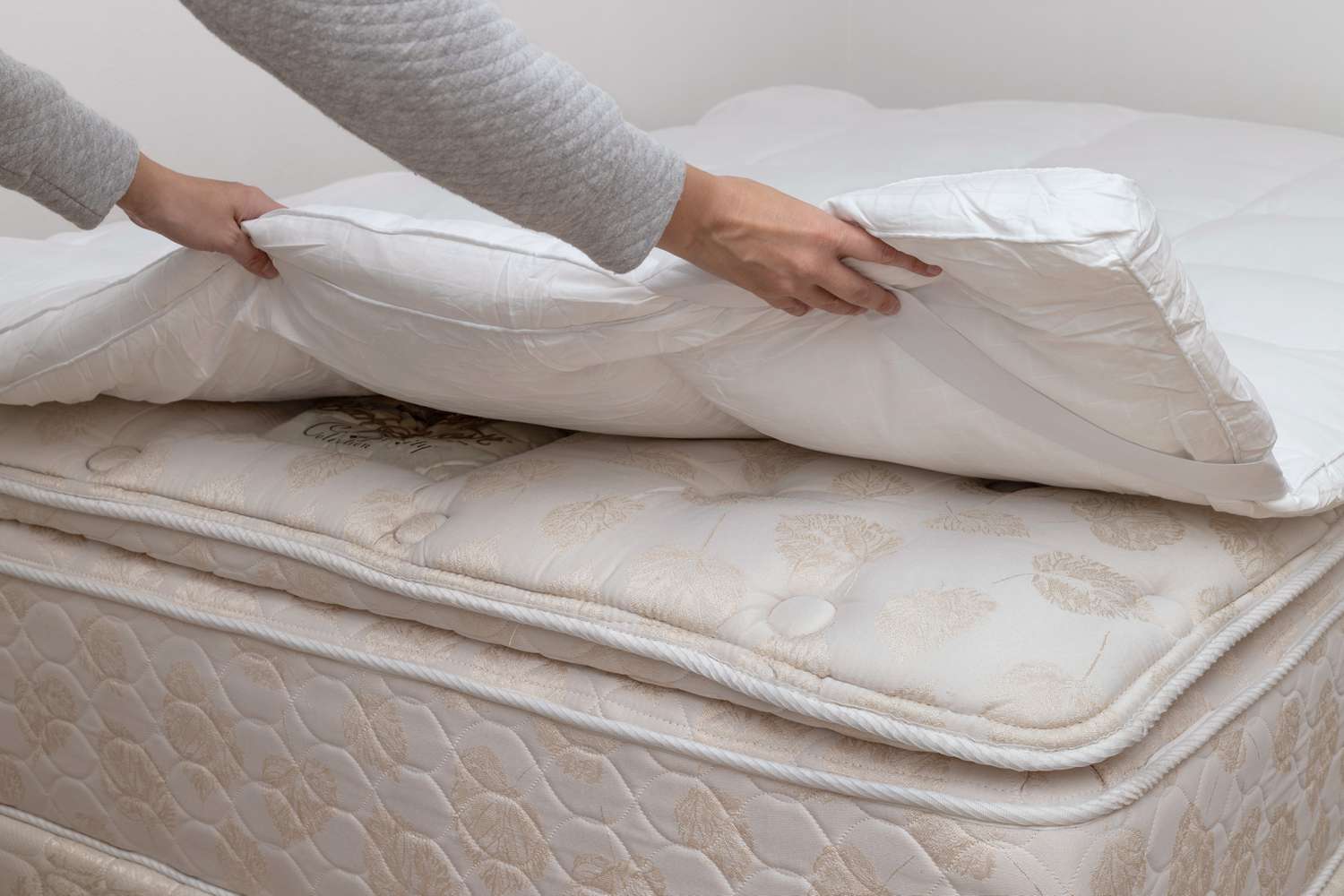
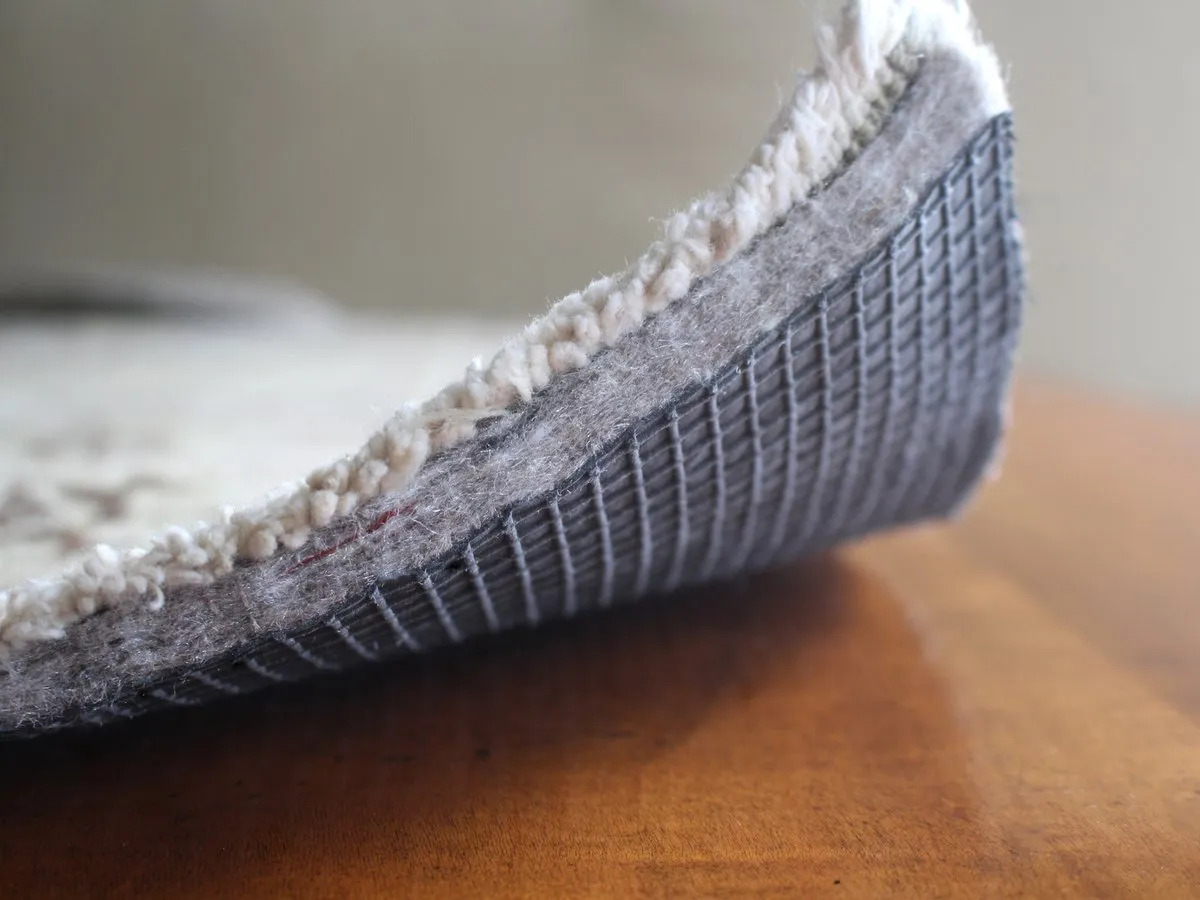
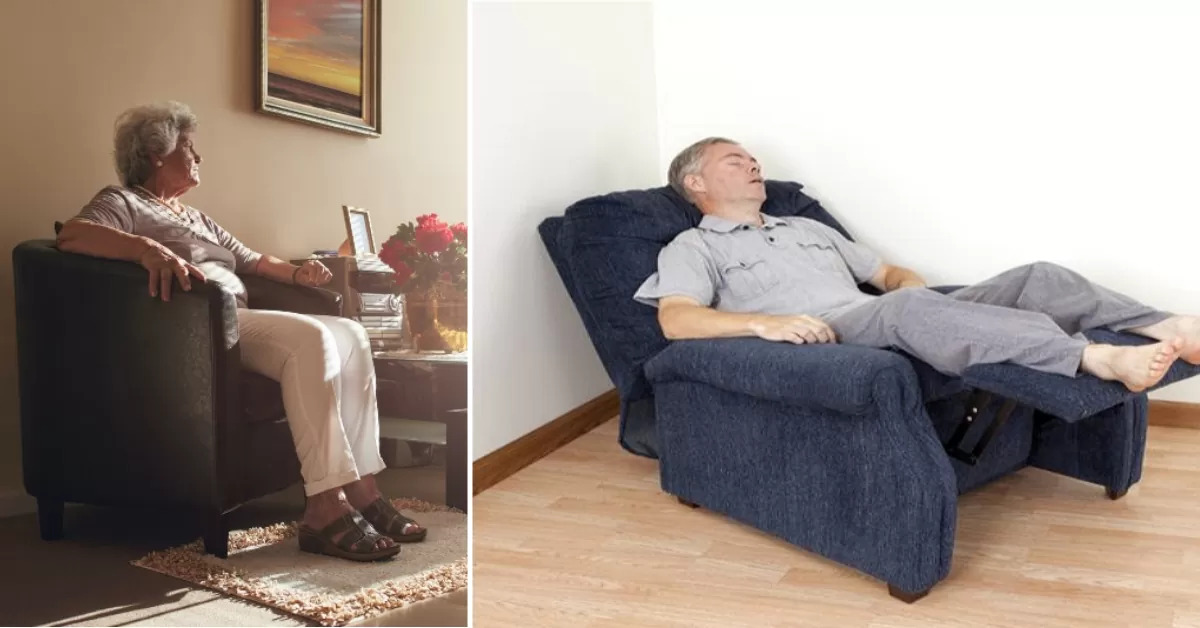
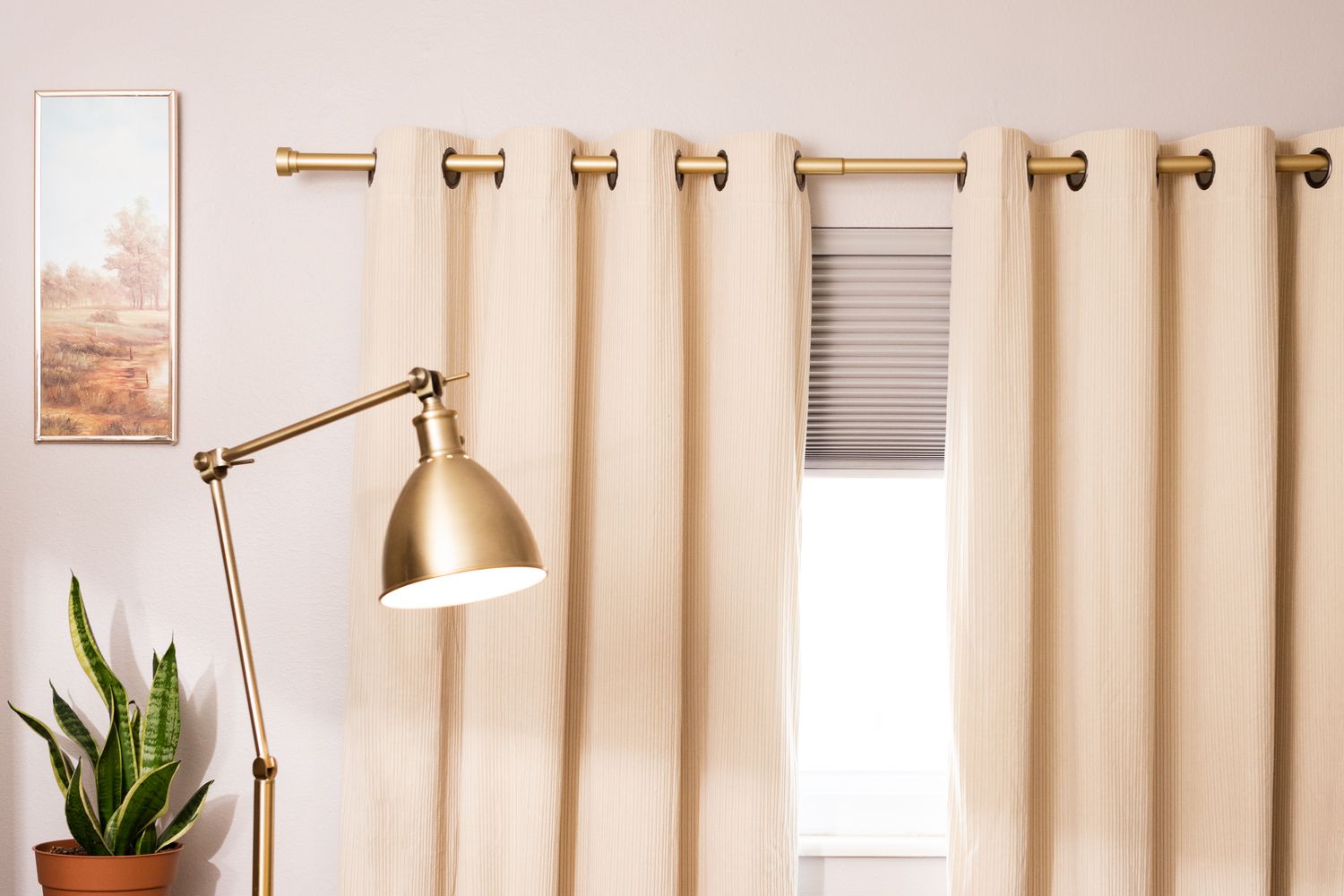
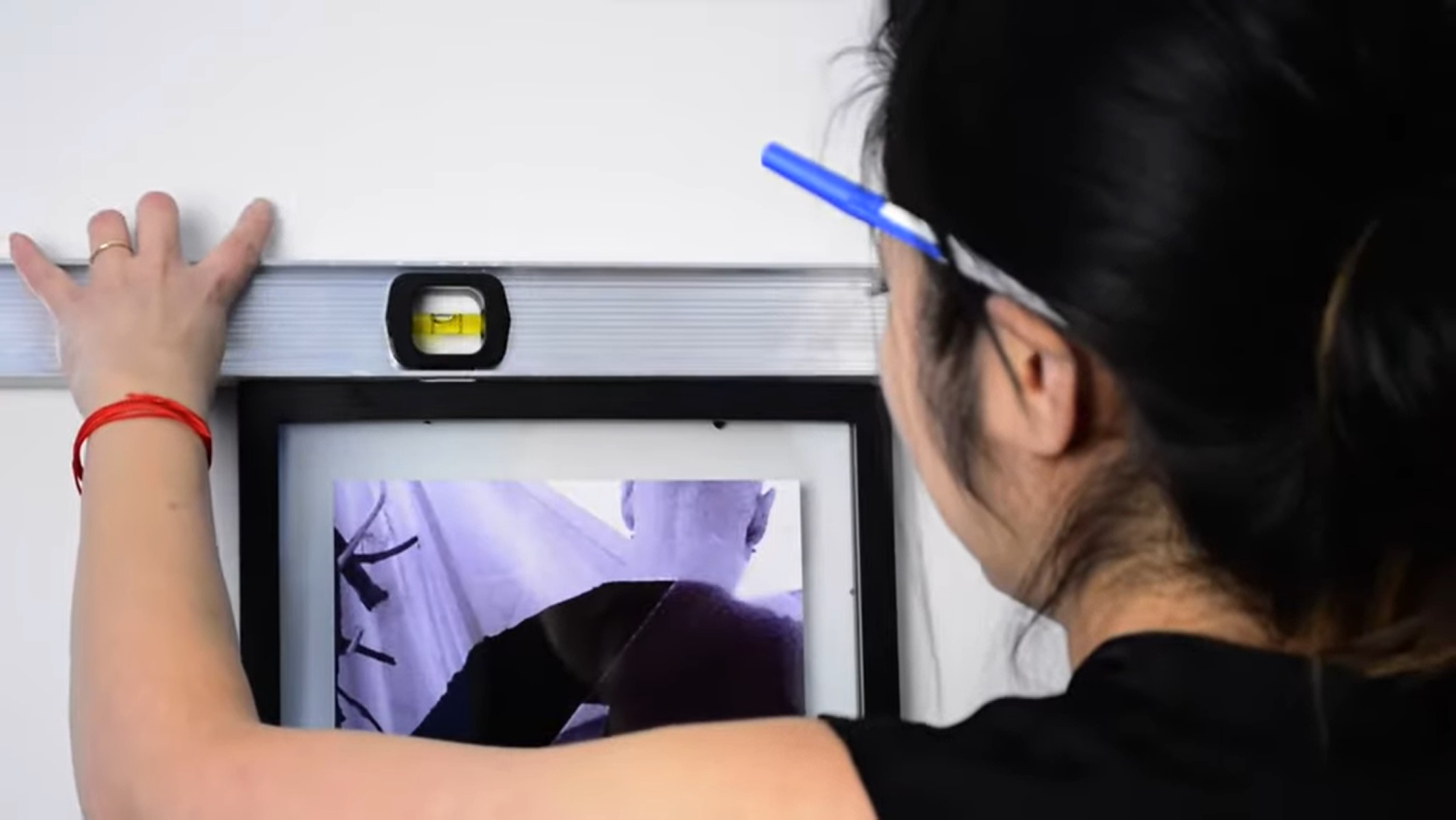
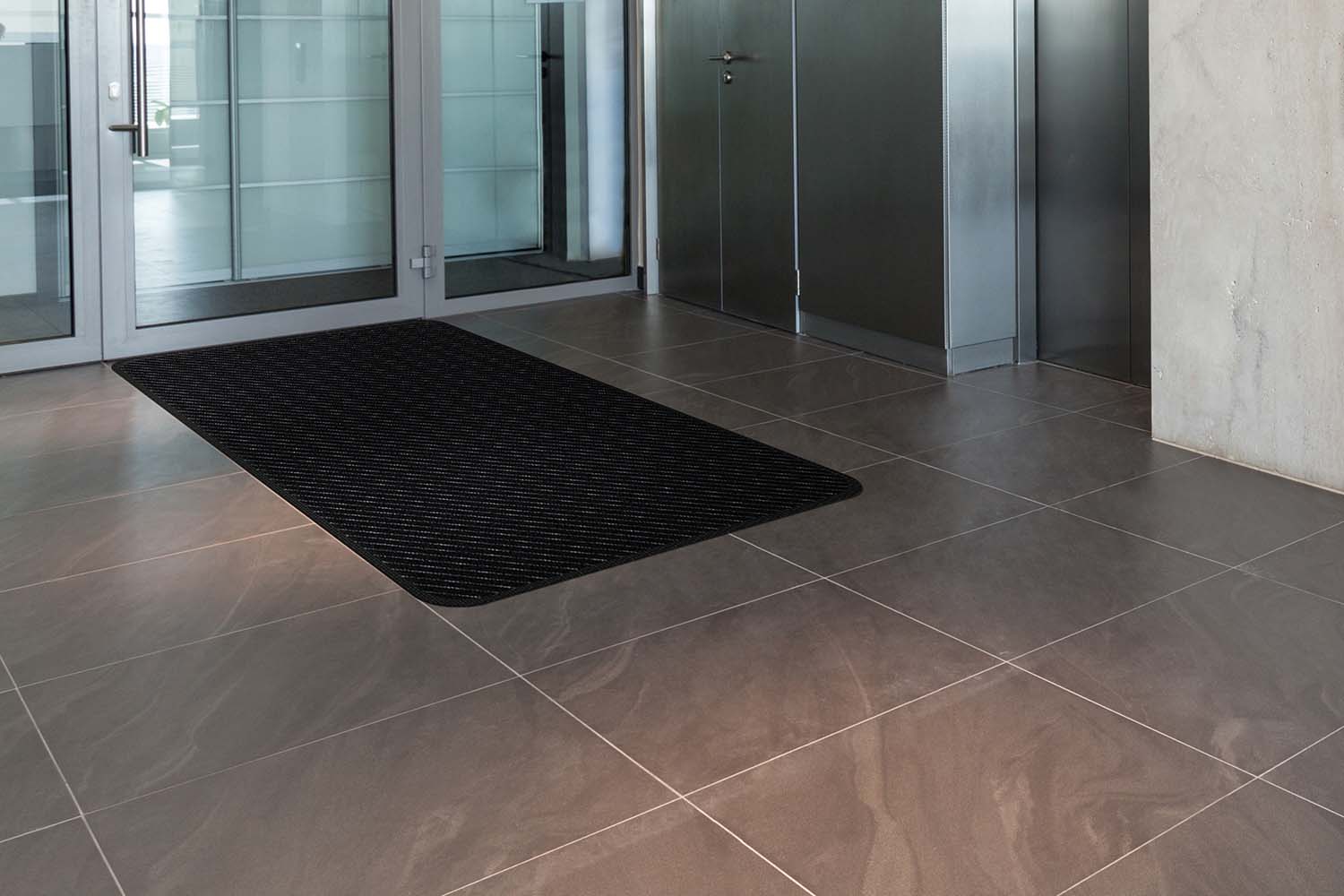
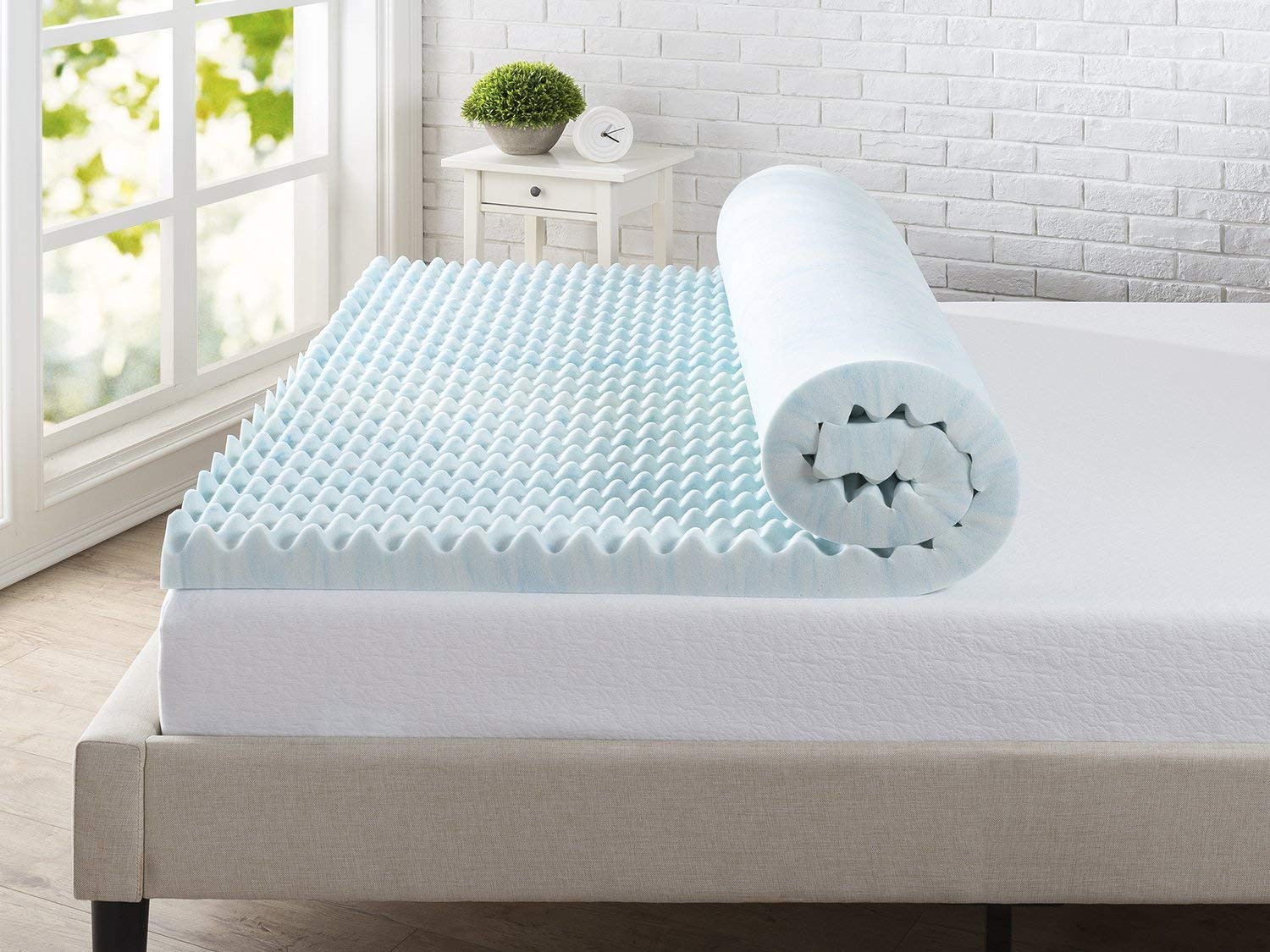
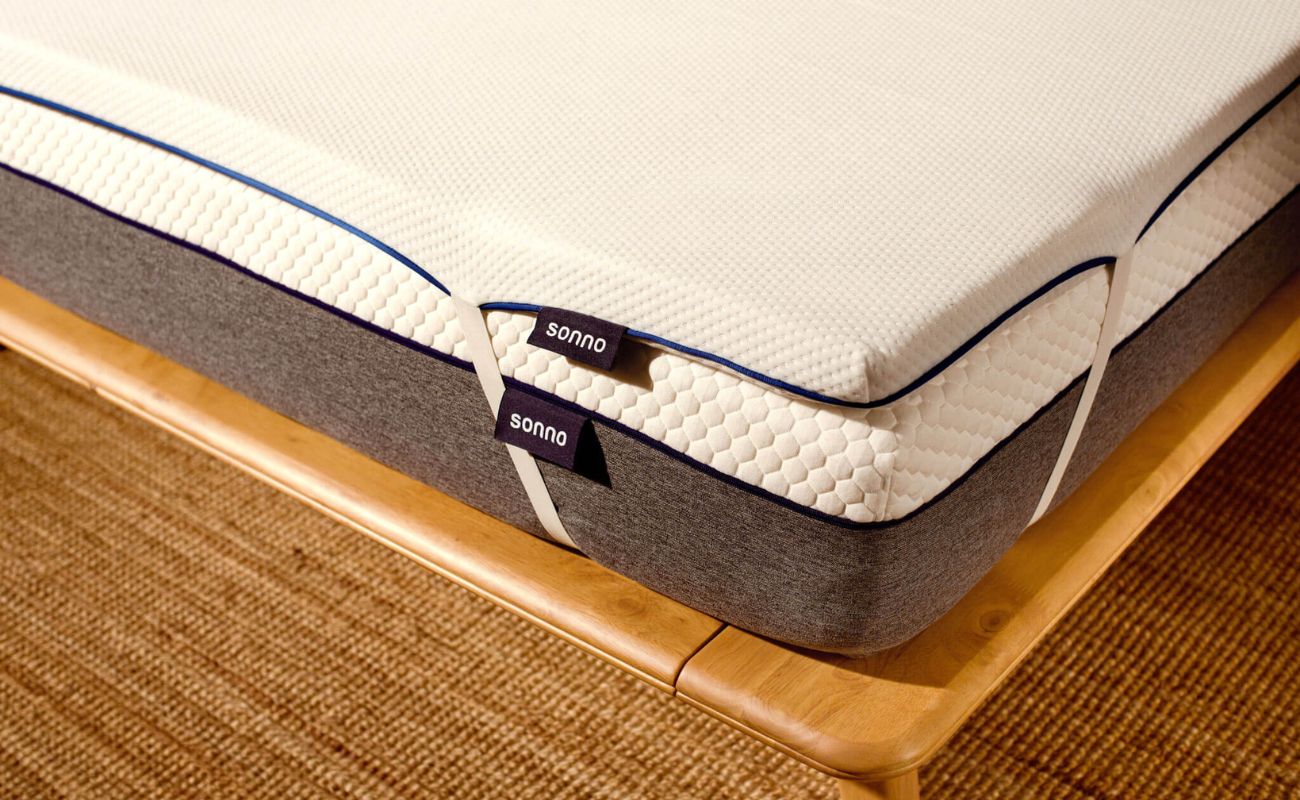
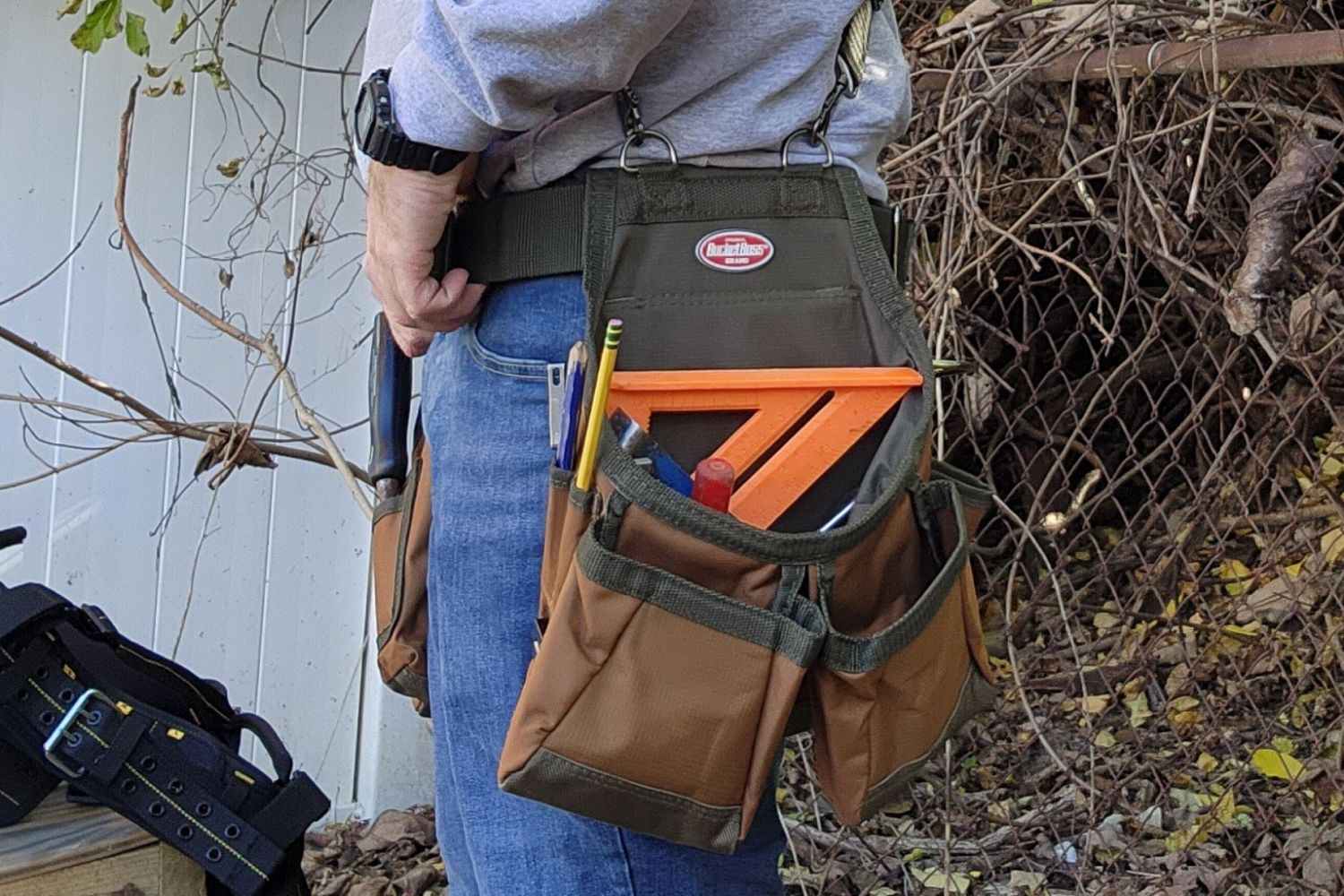
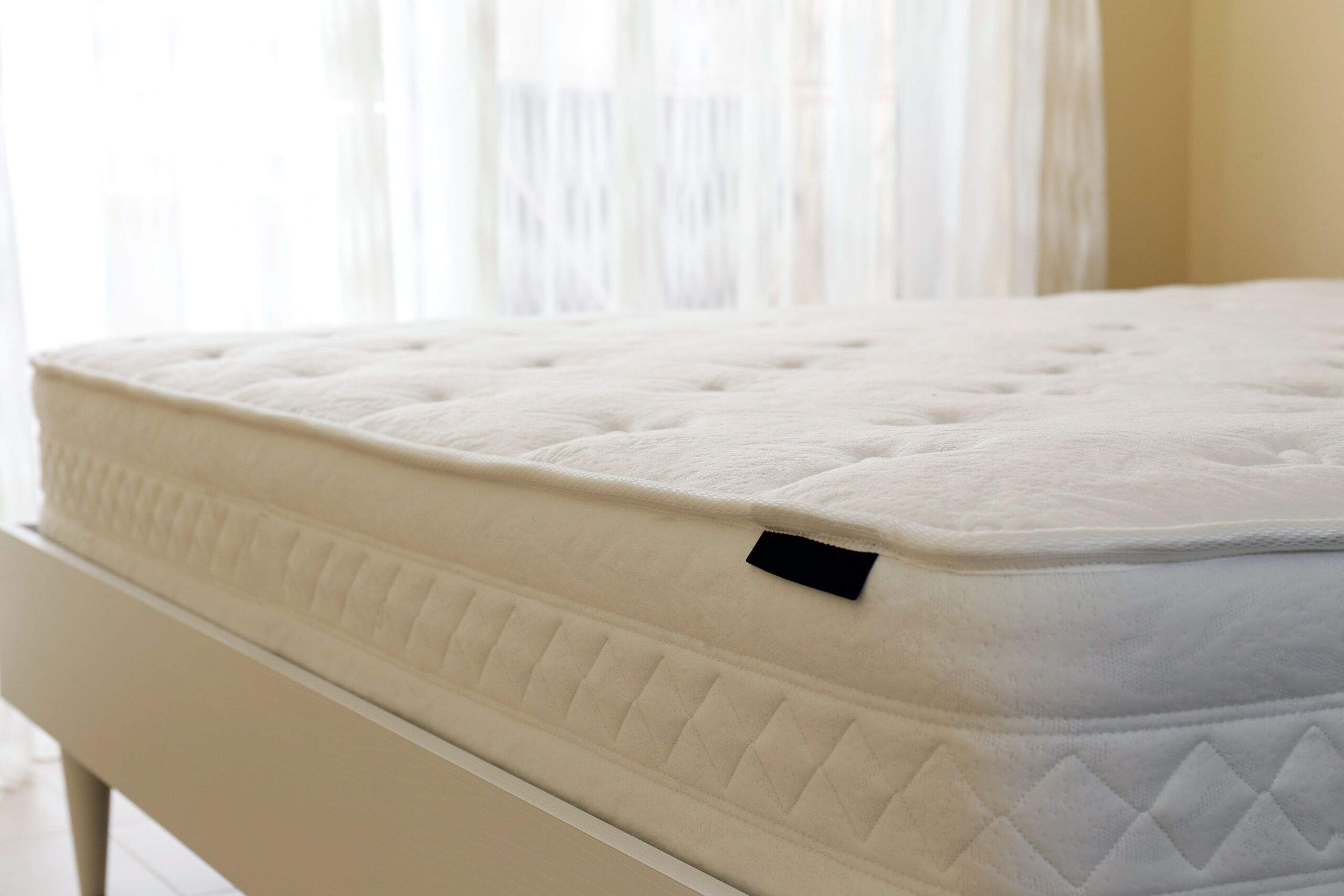
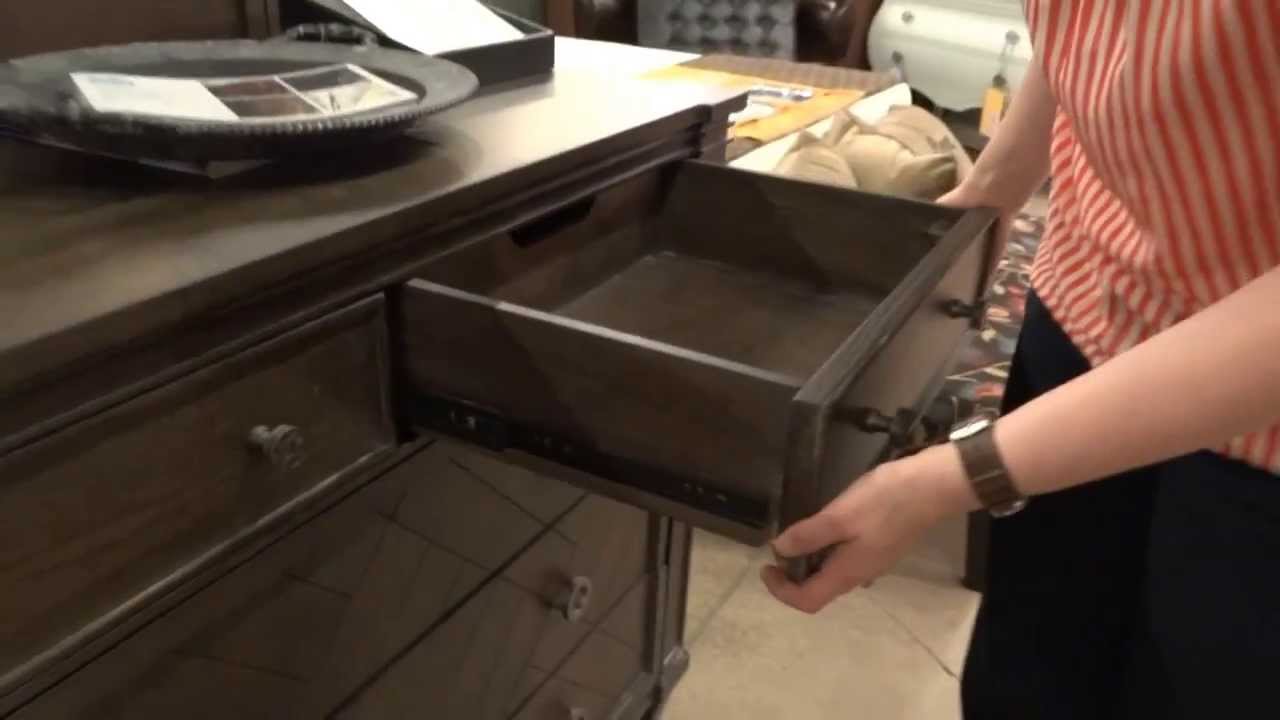

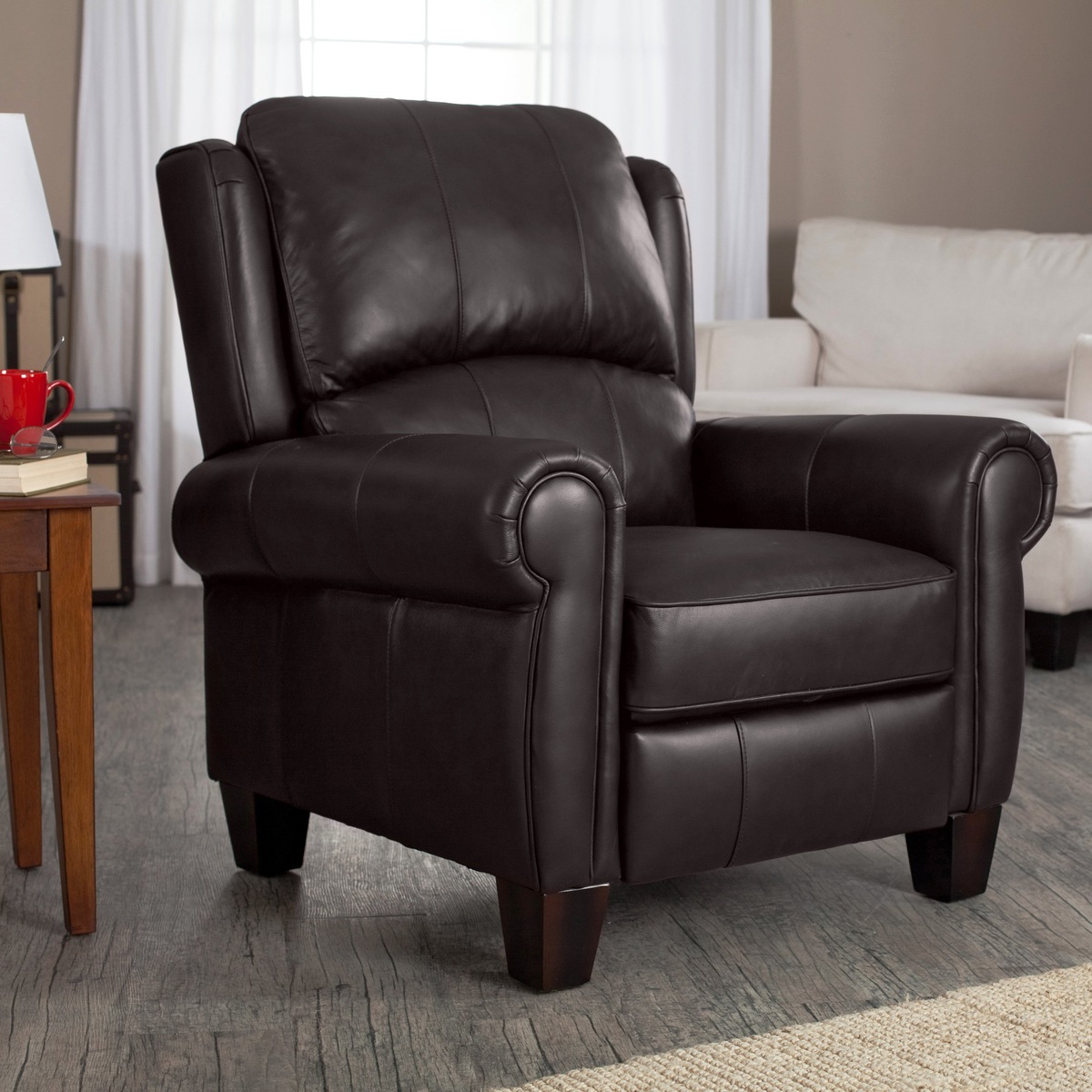
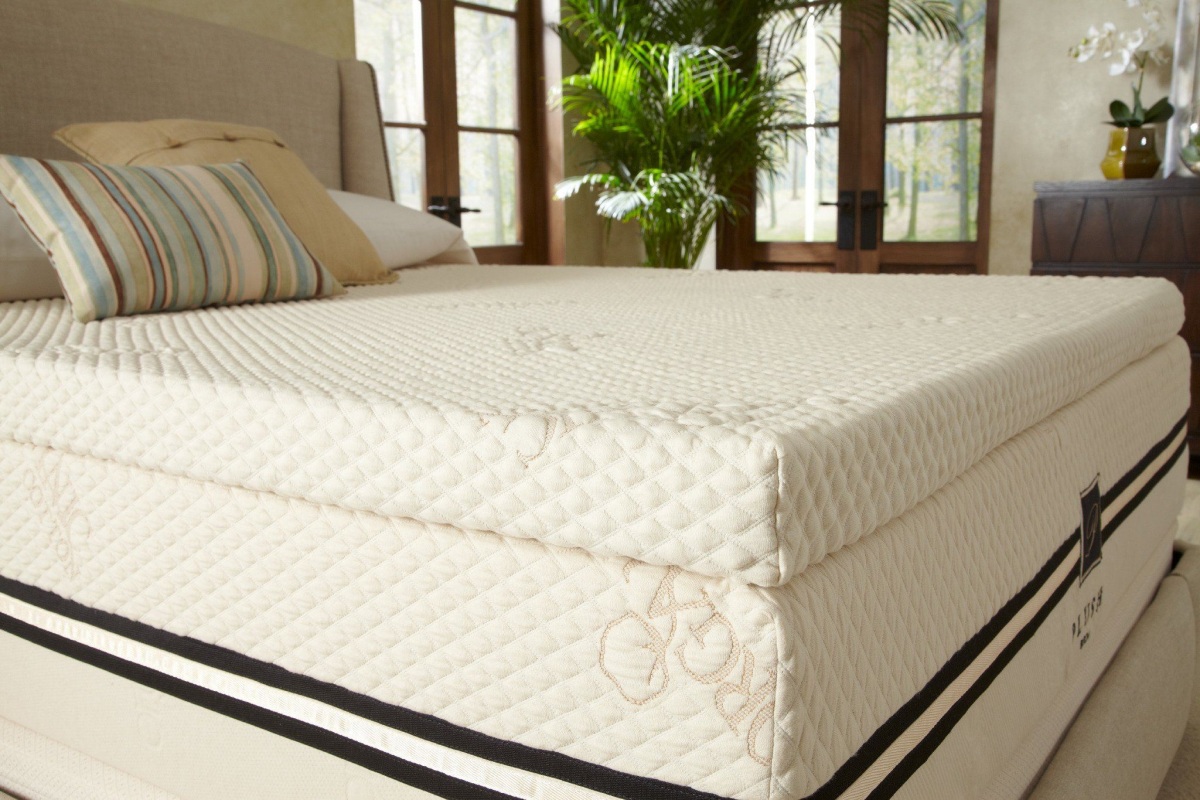

0 thoughts on “How To Keep A Mattress Topper From Sliding: 6 Expert Tips”